February, they often say, is a wicked month. Not quite so this year – generally, it was agreed that as these things go it was quite gentle. Of course, there is a sinister side to this with global warming and climate change. Certainly, in my part of the world, it iswarmer. I live in the country and have a coal fire for the coldest days; except that I have not had to use it either last year or this. Another feature of this recent phenomenon is that weather appears in various extremes: such is the case:
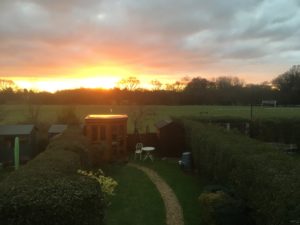
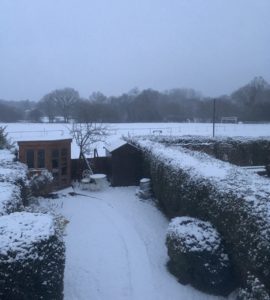
But, the days are lengthening now. My catching up from being away is now overlapping with my preparations for being away again. Still, have been involved in various projects. One has been reconnecting a little with the work of J G Bennett. I read all the books before, so it is always a good idea to re-read them with distance; certainly, sometimes there are new insights. Such was the case with the book ‘Making a Soul’which actually ends up with JGB describing what happens after death. The question of whether it is true or not is slightly eclipsed with his ambition for having a go. Then on to Hazard:
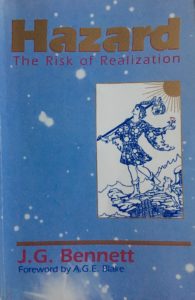
JGB wrote a lot and of varying levels – indeed quality. There are some aspects that I would stand by as helpful; others that seem rather confused, or just out of date. Occasionally, there is the sense that he had to lecture and needed a topic. There is a touch about this with the Hazardlectures. Of course, Bennett has to systematize everything, tidying it up into one grand theory – which is debatable. And, Hazard is obviously related to accident, the arbitrary, chance, luck and the pre-ordained – not to mention time, will, creativity, choice, freedom – hyparxis. But, the first lecture in the books floats around somewhat without him pinning it: of course it is important but why? and how? He has a go at answering these questions.
This work is part of my re-engagement with Fourth Way work (see note in January 2019).
Some good art exhibitions in London at the moment. I missed a few after being away. But, the Bonnard is very good. Actually, the reviews have been a little critical – not of the exhibition but of the artist himself. They find him insular, petty, repetitive. But, surely that is the whole point: his commitment to seeing beyond the domestic, a bit like the Degas portraits. There is a repetition and yes sometimes he seems to lose interest. But, it would be hard to not be seduced by the intensity of his coloration:
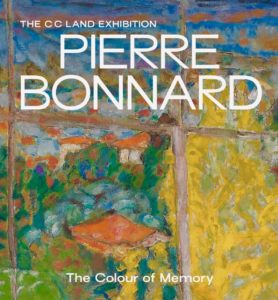
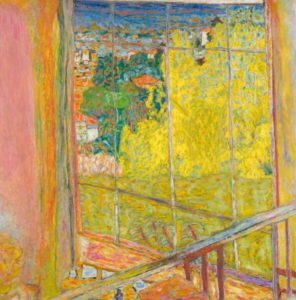
Music and book wise, this month I have had a bit of an Irish renaissance. Firstly, my CD of the month is Brenda Malloy: Irish and Renaissance Harps.
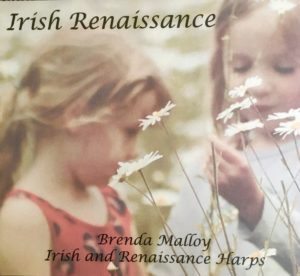
Despite the somewhat twee cover, the solo harp playing on this CD is first rate and offers pretty much what it says – pieces from Ireland along with England, Scotland, Italy and Spain. I love her playing as it seems to have both depth and texture. I certainly prefer it to the classical stylization of Derek Bell, or the contemporary vibe of Alain Stivell – not that these are no also very listenable.
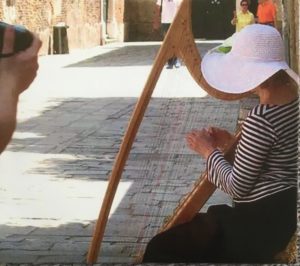
I first came across Brenda when she was playing on the pavement in front of Trinity College, Dublin when I worked there. Surprisingly, it is not always easy to find the best Irish music in the pubs of Dublin – Temple Bar can be a bit thrash and shout. However, sometimes it is better just to wander around the streets to find musicians of Brenda’s calibre playing flute, whistle, harp and concertina.
My Irish theme has also extended to the book I have been reading: Anne Griffin – When All is Said.The scenario is an elderly man in a pub just prior to going into a care home. He makes five toasts to five different characters and has a story about them to describe the importance of each individual in his life. The backdrop is the pub itself and this is wonderfully evoked: he also gives times and what he is drinking. In between, is the very best of Irish prose to picture Irish life – mammys, wives and families, weddings and funerals. So, lively! She also uses the ingenious device of an English florin lost/ found/ stolen and the impact it had on those around the man and his life to link the stories. Reflections on love, and where it was not expressed and should have been. As the main character states it, ‘There was a love, but of the Irish kind, reserved and embarrassed by its own humanity.’
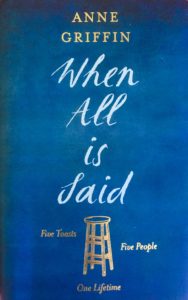
Anne Griffin’s is a first novel. She used to work in Waterstones in Dublin and I remember her from there. Just shows that it is possible to ‘make it’ from humble positions. The exegesis of the novel, reading between the lines of the acknowledgements, is also an excellent case of the fermentation and bringing into being of creativity.